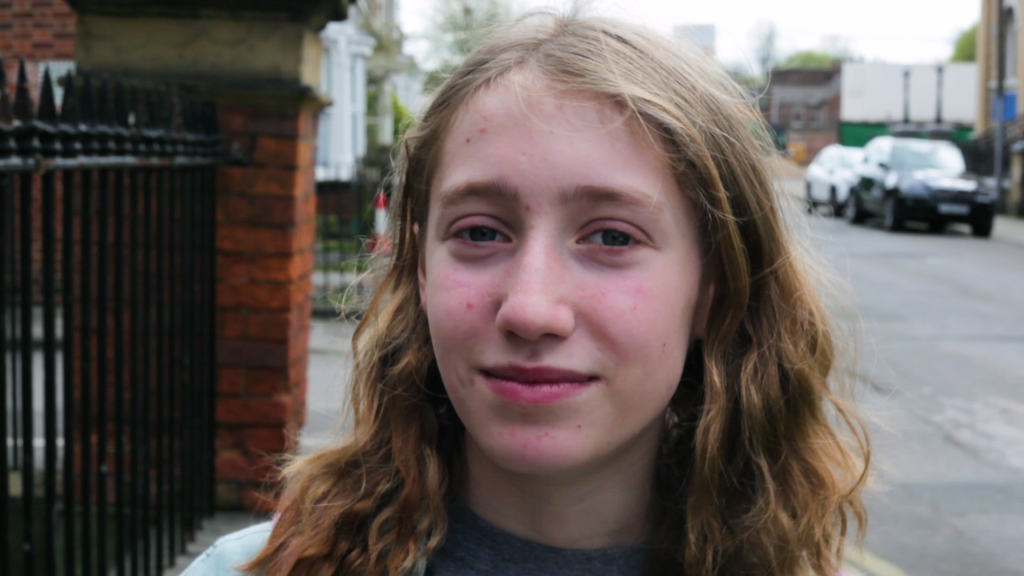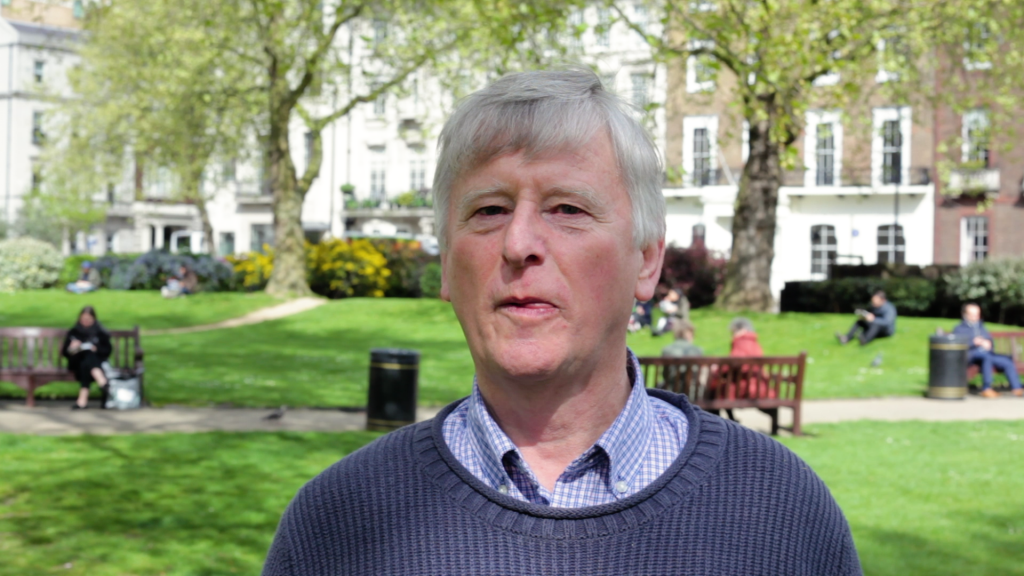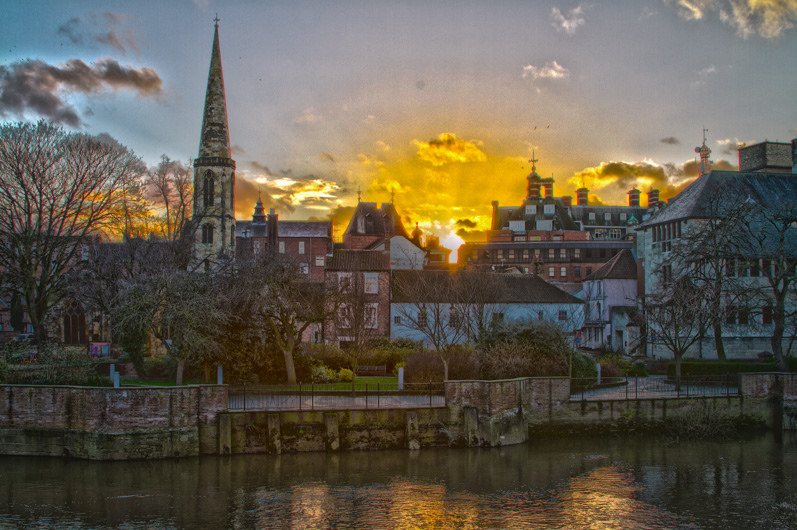In May 2017, York became famous for something other than Vikings and chocolate, declaring itself as the UK’s first ‘human rights city’.
Effectively, this means both the council and police commit to incorporating the values of the United Nations Universal Declaration on Human Rights into their work. Although the first in the UK, there are more than a hundred cities and villages globally that are “human rights” cities.
Now, seven months on, they’ve released their second indicator report to show how York is progressing in its journey to bettering human rights.
Wait, What Even Is a Human Rights City?
Video Credit: Jack Satchell / RightsInfo
“So often human rights are seen as something that’s ‘out there,’” Stephen Pittam, Chair of the Steering Group York Human Rights City Network tells RightsInfo.
“I think what we are saying is that human rights are implemented or abused at a local level. It’s at a local level that the impact, either positively or negatively, of human rights is felt.”
Human rights are implemented or abused at a local level.
Stephan Pittam
In practice, this means the council and the police incorporating human rights into their work, as well as trying to spark conversations about which rights are most important to people locally. The group also produce a yearly indicator report to track how well the city is doing.
Stephen is keen to build on the first seven months though, and wants to continue to raise the profile of human rights in York. As well as working with policy makers to change agendas, he wants more events to raise awareness and to reach out to vulnerable communities.
“We’re interested in complementing all the other [national] human rights organisations, with the idea that it needs to be implemented at a local level,” he added.
Progress on Making Human Rights ‘Real’
 Cecile Lansford was one of the founding advocates of the concept. Image: Jack Satchell / RightsInfo
Cecile Lansford was one of the founding advocates of the concept. Image: Jack Satchell / RightsInfo
One of the main aims of the project, according to Stephen, is “making human rights real”. This means looking at five priority human rights areas – as selected by the people of York – decent housing, good health services and social care, education, a good standard of living and the right to non-discrimination.
Tracking this yearly progress started with a baseline report in 2016, and the newly released 2017 report.
Becoming a human rights city is not an end in itself but a significant point along the journey
Lord Mayor of York, Cllr Barbara Boyce
The launch of the indicator report also saw two community leaders praise the York Human Rights City Network for part of their inspiration. Cecille Lansford, who was awarded a Liberty Human Rights Award for Young Person of the Year category, and Stephen Hodgkins of York Independent Living Network said that it was empowering to frame their work in terms of human rights.
“So within six months of actually launching the human rights city we’ve got two different groups working in York who have found the framing of a human rights city something that could really help them” added Stephen.
“We want to really develop this idea. Our vision is of York as a safe diverse city that operates on the basis of human rights principles.”
Looking Forward

Image Credit: Jack Satchell / RightsInfo
As a result of this year’s report, York Council has pledged to create a human rights and equalities board. One of their responsibilities will be to look at the human rights indicators reports produced by York Human Rights Network.
This year showed York had already made some positive steps in furthering equality and human rights. For example, it became the second city in the UK to class misogyny as a hate crime. In fact, York’s rate of hate crime is much lower than the national average.
There was also progress on academic success for GSCE students and providing services for homeless families.
However, the gender pay gap is not only worse than in the rest of the country but has grown during the past three years.
There were also some large inequalities across York, including big differences in both child poverty rates and life expectancy between wards and the attainment gap between disadvantaged pupils and the average pupil is larger in York than it is for the UK as a whole.
However, as the Lord Mayor of York Cllr Barbara Boyce, said: “Becoming a human rights city is not an end in itself but a significant point along the journey. We all know that there’s a lot more to achieve and I wish York’s Human Rights City network every success.”






